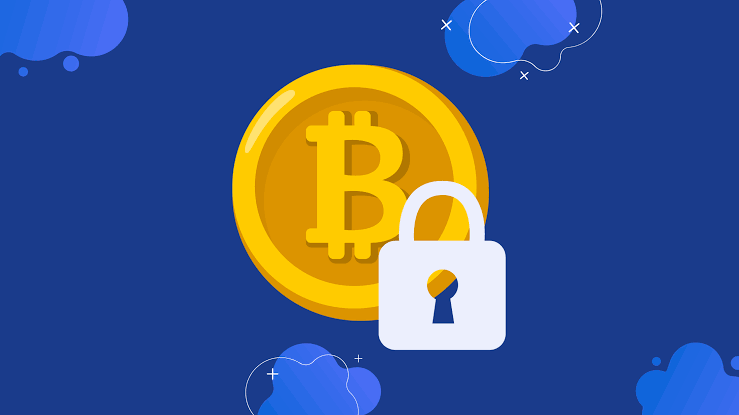Blockchain technology is designed to be secure and attack-resistant because to its decentralised and distributed structure. It is not totally impervious to attacks, though, and a variety of distinct blockchain attacks, such as 51% attacks, double-spend attacks, sybil attacks, and DDoS attacks, have been detected.
One of the most common types of blockchain attacks is the 51% attack. In this assault, the attacker has total command over more than 50% of the network’s computing power, allowing them the potential to change transactions and add fictitious transactions to existing blocks.
Another type of blockchain assault is a double-spend attack, in which a perpetrator tricks the blockchain network’s consensus algorithm to spend the same coin twice. This attack is more likely to occur on smaller blockchain networks with fewer nodes, rendering them more vulnerable to manipulation.
A sybil attack is another common type of blockchain attack in which the attacker creates a large number of bogus identities or nodes in attempt to gain control of the network. The history of the blockchain can therefore be altered by utilising these fictitious identities to manage transactions.
Finally, there are distributed denial-of-service (DDoS) assaults, in which a culprit saturates the blockchain network with traffic and prevents the processing of legitimate transactions. These attacks are particularly vulnerable to smaller blockchain networks that have fewer defences against DDoS attacks.To ensure the integrity of the blockchain network, it is crucial for blockchain networks to put strong security measures in place and to be watchful against these kinds of attacks.
What are the security risks associated with utilising cryptocurrencies as payment?
Using cryptocurrencies as payment methods has a number of security flaws, including the potential for fraud, theft, and hacking. For instance, hackers may exploit weaknesses in wallets, exchanges, and transactions. Additionally, because bitcoin transactions are irreversible, consumers who are the victims of scams or illegal transactions have little legal recourse options.
One of the main concerns is the potential for theft or loss. Cryptocurrency storage locations, known as digital wallets, are vulnerable to hacking attempts, phishing scams, and other cyberattacks. It may be difficult to recover money that has been taken from a compromised wallet. Additionally, because bitcoin transactions are irreversible, even if they are sent to the wrong address or a compromised wallet, the money cannot be retrieved.
Another security problem with bitcoin payments is the potential for fraud. Hackers can create fake websites or mimic well-known websites in order to trick customers into sending money to what appear to be correct addresses. This is a phishing effort, and it may be challenging to recognise because the fake website looks just like the legitimate one. Additionally, hackers have the capacity to create phoney cryptocurrency exchanges or wallets in order to defraud naive users of their money.
Cybercriminals may try to utilise holes in a user’s computer or smartphone in an effort to steal their digital assets. They can use a number of methods, including phishing emails, spyware, ransomware, and other cyberattacks, to gain access to a user’s digital wallet.
To trick individuals into clicking on dangerous links or downloading harmful files, cybercriminals regularly utilise phishing emails. Upon clicking the link or downloading the file, the user grants the attacker access to their digital assets. Another method that hackers frequently use is software, such as malware that mines cryptocurrency. Malware is software that has the goal of damaging, interfering with, or stealing data from a computer system.
Through a number of channels, such as phishing emails, phoney software upgrades, and drive-by downloads, it can be installed on a user’s computer.
User files are inaccessible after being encrypted by ransomware. The attacker then wants a ransom in order to receive the decryption key. Even if the user pays the ransom, there is no assurance that they will receive the decryption key, and their digital assets may be irretrievably lost.
The possibility of regulatory uncertainty is the final risk. Cryptocurrencies are still under minimal supervision, and their legal status varies from country to country. Because of this, consumers have few options for protection, and taking legal action in the event of theft or fraud might be difficult.
People who utilise cryptocurrencies as payment methods must therefore exercise caution and implement the necessary security measures to protect their money.
How can cryptocurrency payment risks be reduced?
Risks associated with cryptocurrency payments include the potential for money to be lost through fraud or theft. It is critical to take action to safeguard your bitcoin assets in order to reduce these dangers.
Users must pick a reputable exchange with security in order to buy or sell cryptocurrency. Make sure the exchange is governed by the relevant authorities and has a track record of security before utilising it.
Similarly, to guarantee the security of your payments, utilise only payment gateways that are authorised and governed by trustworthy agencies. To make sure the payment gateway has a history of safe and dependable service, it is also crucial to examine the payment gateway’s reputation and performance history before utilising it.
Additionally, one needs to keep their assets secure in a wallet that supports two-factor authentication and high encryption. Users should use strong passwords and two-factor authentication to protect their wallets and other accounts linked to cryptocurrency transactions. They should also maintain their software updated.
Check all of the details of the transaction, including the recipient’s address and the transferred amount, once more before completing it. Avert phishing scams and public WiFi networks that could put your information at risk.
In conclusion, one can use a hardware wallet, which adds an extra layer of security against assaults by keeping one’s private keys offline. Another vital step is to be abreast of recent market developments, such as security issues and legislation changes. To ensure that you are aware of any new hazards or opportunities, regularly check the news and updates from reputable sources.


